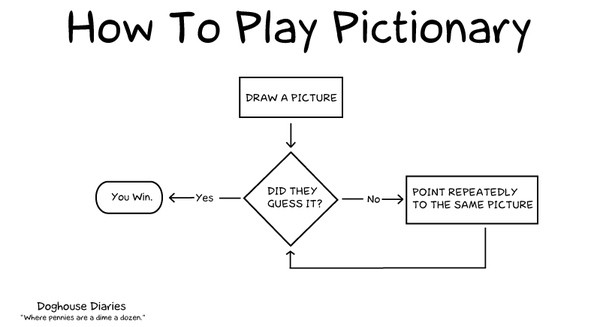Sample Complete Sentence Outline
“PERSONAL RECIPE COLLECTION COOKBOOK”
Purpose: To explain to my audience the process of making a personal recipe collection cookbook.
I. INTRODUCTION:
A. (Anecdote) Several years ago, I made a meal for my daughter of all her favorite foods. It had been years since she had some of these dishes and the meal was filled with good food and memories. After dinner, she asked for the recipes, so that she could make the dishes at home for her family. Well! Easier said than done! The recipes were contained in several different books, and some were on little scraps of paper, stuffed into various other cookbooks.
B. (Series of rhetorical questions) Does anyone in your family make a special dish that you consider your favorite? Have you learned how to make it yet? How would you feel if you could never have this dish again? My family LOVES food and fear of losing these precious family recipes runs high!
C. (Preview Topic) Thus, I ended up creating my favorite cookbook—homemade treasure filled with family recipes. This cookbook is an effective way to collect, store, and some day, pass on, your tastiest recipes. Today I will show you the four steps in making your own personal cookbook.
Transition: Like many projects let’s start by gathering materials.
II. BODY:
A. The first step is to gather the materials.
1. There are several supplies that are essential to complete the project.
1. The first item is a 3-ring binder.
2. The second item is paper both for recipes and for making the cover.
3. The third item is double-sided tape.
4. The fourth item is scissors.
. 2. Some supplies are optional.
1. Plastic page protectors are one such item.
2. Scissors that cut decorative edges are another.
3. Dividers are also optional.
4. Stickers to enhance the cover are also another.
Transition: Now that we’ve collected all the materials we can create our cover.
B. The second step is to create your own covers.
1. A theme usually inspired from your recipe paper will give your direction in creating your cover.
2. There are several steps to create the front cover.
a. The first step is to cut your paper to the size of the binder.
b. The second step is to attach the titles.
c. The third step is to add stickers to enhance your cover.
3. To create the back cover repeat the process, omitting the title.
Transition: We’re half way done now, we’ve finished the outside. So let’s go to the inside.
C. The third step is to copy the recipes.
1. Typing on the computer is my preferred method for copying recipes.
a. On the computer mistakes are easily corrected.
b. Your can format your recipes so the writing is large and easy to read.
c. Your recipes will look more uniform.
d. Recipes can be saved on a disk to be printed at a later date.
2. Other methods can be used to copy recipes.
a. They can be typed on a typewriter.
b. They can be handwritten.
Transition: We now have our cover made, our recipes typed and printed. So, let’s put it all together.
D. The fourth step is to assemble your book.
1. Slip the covers into the front and back of the binder.
2. Recipes can be organized in several ways.
3. Arrange recipes in alphabetical order according to categories.
a. Your first category might be salads.
b. Your second category could be vegetables.
c. Your third category might be meats.
2. If you don’t choose to use plastic pages, use hole reinforcements.
Brakelight: [near end of speech, signal audience that you are about to review the steps in the process]You now have a personalized cookbook that was done in four steps. Let’s review those steps again.
III. CONCLUSION:
A. The four steps in making a personal recipe book are:
1. The first step is gathering the materials
2. The second step is creating the cover
3. The third step is copying the recipes
4. The fourth step is assembling the book
B. I’d like to serve you one of the recipes from my book so you can see why it’s important to me to preserve recipes for my family. I hope this demonstration will encourage you to make the effort to preserve your family recipes in this very efficient way, while you still can.
